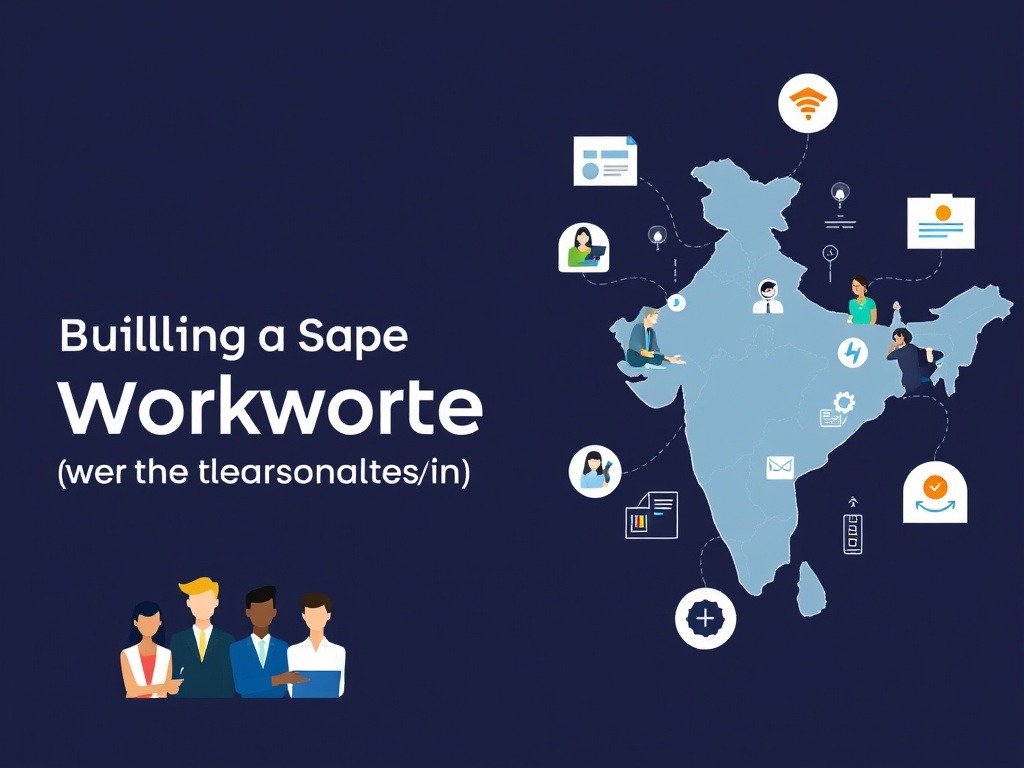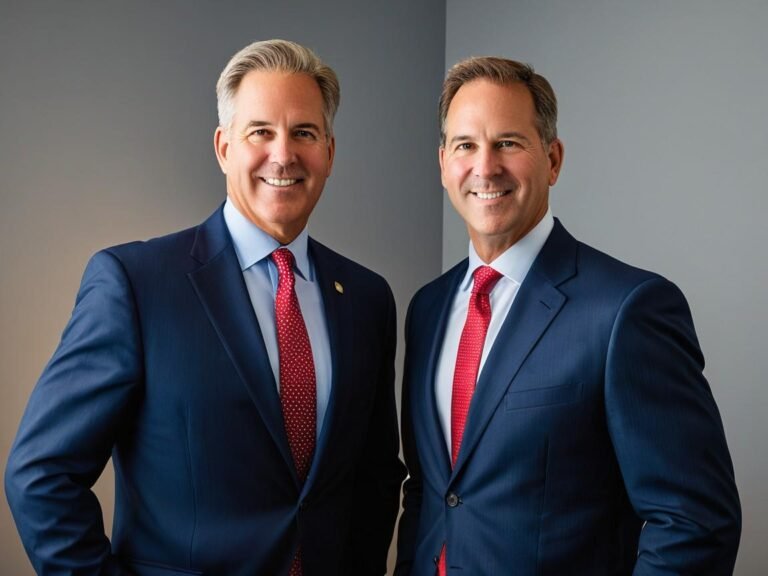
Reimagining Indian Market Entry Strategy
The traditional approach to building an Indian workforce – establishing a local subsidiary,
navigating complex incorporation procedures, and building administrative infrastructure – no longer represents the only or even the best path to market entry. Modern business realities demand agility, speed, and flexibility that traditional entity setup simply cannot provide. Companies
spending 8-12 months and $200,000-500,000 establishing legal entities often discover they’ve
missed critical market opportunities while competitors using alternative approaches have captured market share and established customer relationships.
Employer of Record (EOR) solutions have fundamentally transformed workforce building strategies, enabling companies to access India’s exceptional talent pool immediately while maintaining full
operational control and compliance protection. This approach represents a paradigm shift from
ownership-based to access-based workforce strategies that prioritize results over administrative
complexity.
The Entity Setup Challenge
Understanding why entity-free workforce building has become increasingly attractive requires
examining the substantial challenges and limitations associated with traditional subsidiary
establishment in India.
Time and Resource Investment:
• 6-12 months for complete legal entity establishment and operational readiness
• $200,000-500,000 initial investment before hiring the first employee
• Ongoing administrative costs of $100,000+ annually for compliance and operations
• Substantial management time diverted from core business activities to administrative setup
Regulatory Complexity and Risk:
• Navigation of multiple regulatory authorities with varying requirements and timelines
• Complex documentation in multiple languages with specific formatting and content
requirements
• Ongoing compliance obligations across tax, labor, corporate, and industry-specific regulations
•
Significant penalties and operational restrictions for compliance violations
Operational Limitations:
• Fixed infrastructure investment that may not align with changing business needs
• Geographic restrictions based on registered office location and state-specific regulations
• Scalability challenges requiring additional regulatory approvals and administrative complexity
• Exit complications involving complex wind-down procedures and regulatory clearances
EOR-Enabled Workforce Building Advantages
Immediate Market Access
EOR solutions eliminate traditional barriers to workforce building by providing immediate access to established legal infrastructure and operational capabilities.
Instant Operational Capability:
•
Begin hiring within 1-2 weeks of contract execution with EOR provider
• Access to pre-established legal entity with all necessary registrations and approvals
• Immediate compliance framework covering all employment-related regulations
• Operational infrastructure including payroll, benefits, and HR systems ready for immediate use
Scalable Foundation:
• Flexible workforce scaling without additional regulatory approvals or infrastructure investment
• Multi-state expansion capability without establishing separate legal entities
• Service level adjustments based on changing business requirements and team growth
•
Geographic flexibility enabling talent access across India’s diverse regional markets
Cost-Effective Workforce Development
Reduced Capital Requirements: EOR workforce building typically costs 60-70% less than
traditional entity establishment while providing superior operational capabilities and compliance
protection.
• No upfront capital investment in legal entity establishment or administrative infrastructure
• Predictable monthly costs based on workforce size and service requirements
• Elimination of fixed overhead costs for compliance, HR systems, and administrative staff
• Access to enterprise-grade systems and expertise at fraction of direct investment cost
Operational Efficiency:
• Automated payroll and benefits administration reducing administrative overhead
• Expert compliance management eliminating need for internal legal and HR expertise
• Streamlined processes reducing time-to-hire and improving candidate experience
• Technology platforms providing real-time visibility and control over workforce operations
Strategic Workforce Planning Without Entity Constraints
Talent Strategy Optimization
Building an Indian workforce through EOR services enables strategic talent acquisition that
prioritizes business objectives over administrative limitations.
Geographic Flexibility:
• Access to talent across India’s major technology and business hubs without geographic
restrictions
• Multi-city team development leveraging regional expertise and cost advantages
• Remote workforce integration enabling access to talent regardless of physical location
• Seasonal and project-based scaling without long-term infrastructure commitments
Skills–Based Hiring:
• Focus on talent quality and cultural fit rather than administrative convenience
• Access to specialized skills and niche expertise regardless of location
• Flexible engagement models including full-time, contract, and project-based arrangements
• Rapid scaling for specific projects or seasonal business requirements
Team Structure Innovation
Distributed Team Architecture:
• Development of distributed teams optimized for business requirements rather than
administrative constraints
• Integration of Indian talent with global teams through established communication and
collaboration frameworks
• Cultural integration programs ensuring effective collaboration across geographic and cultural
boundaries
• Performance management systems designed for distributed team success
Functional Specialization:
• Strategic placement of specialized functions based on regional expertise and cost optimization
• Center of excellence development in specific Indian cities based on talent concentration and
infrastructure
• Cross-functional team development leveraging diverse Indian talent and global business
requirements
• Innovation hub creation enabling research, development, and market expansion activities
Implementation Strategy for Entity-Free Workforce Building
Phase 1: Foundation and Initial Hiring (Weeks 1-4)
Strategic Planning and Setup:
• Business objective definition and workforce requirements assessment
• EOR provider selection and contract execution with service level agreement establishment
• Initial role prioritization and hiring strategy development
• Compensation benchmarking and offer structure optimization for Indian market conditions
Talent Acquisition Launch:
• Job description development and posting across appropriate channels and networks
• Candidate sourcing through EOR provider networks and established recruiting relationships
• Interview process design accommodating global team participation and cultural considerations
• Offer negotiation and acceptance with competitive positioning and benefits packages
Phase 2: Team Development and Integration (Weeks 4-12)
Onboarding Excellence:
• Comprehensive onboarding programs ensuring rapid productivity and cultural integration
• Technology setup and system access provisioning with security and compliance protocols
• Training and development programs aligned with business objectives and career growth
expectations
• Mentor assignment and peer network development supporting long-term success and
retention
Operational Integration:
• Process development and documentation ensuring consistent and efficient operations
• Communication protocol establishment for effective collaboration with global teams
• Performance management system implementation with clear expectations and regular
feedback
• Team building activities and cultural events supporting cohesion and engagement
Phase 3: Scaling and Optimization (Month 3+)
Strategic Expansion:
• Performance analysis and business impact assessment for expansion planning
• Additional role identification and workforce scaling based on proven business value
• Geographic expansion consideration for enhanced talent access and cost optimization
• Service level enhancement evaluation as team size and requirements evolve
Continuous Improvement:
• Regular performance review and optimization of workforce strategies and operations
• Technology platform enhancement and integration improvement for better efficiency
• Process refinement based on operational experience and team feedback
• Strategic planning for long-term workforce development and business growth
Managing Distributed Teams Effectively
Communication and Collaboration Framework
Technology Infrastructure:
• Advanced collaboration platforms enabling seamless global team integration
• Video conferencing and virtual meeting capabilities supporting face-to-face interaction
• Project management systems providing transparency and accountability across distributed
teams
• Document sharing and version control systems ensuring information consistency and
accessibility
Cultural Integration Strategies:
• Cross-cultural training programs for both Indian and global team members
Regular team building activities and virtual events supporting relationship development
• Cultural celebration integration fostering appreciation and understanding
• Leadership development programs preparing Indian team members for increased
responsibilities
Performance Management and Development
Objective Setting and Measurement:
• Clear performance objectives aligned with business goals and individual development
aspirations
• Regular feedback and coaching sessions supporting continuous improvement and growth
• Career development planning with defined advancement opportunities and skill development
pathways
• Recognition and reward programs acknowledging achievements and contributions
Professional Development Investment:
• Training and certification programs enhancing skills and career advancement opportunities
• Conference attendance and industry engagement supporting professional growth and network development
• Internal mentorship programs connecting Indian team members with global colleagues
• Leadership development initiatives preparing high-potential employees for expanded roles
Quality Assurance and Risk Management
Talent Quality Maintenance
Rigorous Selection Processes:
• Comprehensive screening and assessment procedures ensuring candidate quality and cultural
fit
• Technical evaluation and skills testing validating competency and potential
• Reference checking and background verification providing confidence in hiring decisions
• Probationary period management with clear expectations and regular evaluation
Retention Strategy Development:
• Competitive compensation and benefits packages maintaining talent attraction and retention
• Career development opportunities providing clear advancement pathways and growth
potential
• Work-life balance initiatives supporting employee satisfaction and long-term commitment
• Regular satisfaction surveys and feedback collection enabling proactive retention management
Compliance and Legal Protection
Comprehensive Compliance Management:
• All employment-related compliance handled by EOR provider with expert oversight and
management
• Regular compliance audits and monitoring ensuring ongoing adherence to regulatory
•
requirements
Legal protection through established EOR infrastructure and professional liability coverage
• Documentation management maintaining proper records and supporting business continuity
Risk Mitigation Strategies:
• Employment practices liability insurance protecting against workplace disputes and claims
• Data security and privacy protection ensuring confidentiality and regulatory compliance
• Intellectual property protection through appropriate agreements and security measures
• Business continuity planning ensuring operations continue despite potential disruptions
Measuring Success and ROI
Key Performance Indicators
Workforce Effectiveness:
• Time-to-hire measurements demonstrating recruitment efficiency and market responsiveness
• Employee performance metrics tracking productivity and business contribution
• Retention rates indicating workforce stability and satisfaction levels
• Cost-per-hire analysis comparing efficiency with traditional recruitment approaches
Business Impact Assessment:
• Revenue generation and business growth attributable to Indian workforce contributions
• Cost savings through workforce arbitrage and operational efficiency improvements
• Market expansion success enabled by local talent and expertise access
• Innovation metrics measuring new product development and process improvement
contributions
Long-Term Strategic Evaluation
Scalability Assessment:
• Evaluation of workforce scaling capability and efficiency as business requirements evolve
• Geographic expansion potential and multi-city operation effectiveness
• Service level adequacy assessment and enhancement opportunity identification
• Technology platform scalability and integration capability evaluation
Transition Planning:
• Threshold analysis for potential transition to direct entity establishment based on business scale
• Hybrid model evaluation combining EOR services with direct employment for optimal cost and
control
• Knowledge transfer planning ensuring business continuity during any operational transitions
• Exit strategy development providing flexibility for changing business strategies and market
conditions
Future-Proofing Workforce Strategy
Adaptability and Evolution
Technology Integration:
• Continuous platform enhancement and capability expansion supporting evolving business
needs
• Artificial intelligence and automation integration improving efficiency and reducing costs
• Mobile and remote work capability enhancement supporting distributed team effectiveness
• Analytics and reporting advancement providing deeper insights into workforce performance and optimization opportunities
Strategic Partnership Development:
• Long-term partnership cultivation with EOR providers supporting mutual growth and success
•
Regular strategy review and adjustment ensuring alignment with changing business objectives
• Market intelligence sharing and collaborative planning for future expansion and development
• Innovation collaboration exploring new service capabilities and operational improvements
Conclusion
Building an Indian workforce without local entity setup represents a strategic evolution in global
business operations that prioritizes agility, efficiency, and results over traditional administrative
approaches. Through professional Employer of Record services, companies can access India’s
exceptional talent pool immediately while maintaining complete operational control and
comprehensive compliance protection.
The key to success lies in viewing entity-free workforce building not as a temporary solution but as
a strategic advantage that provides flexibility, cost-effectiveness, and speed that traditional
approaches cannot match. By focusing on talent quality, cultural integration, and business results
rather than administrative complexity, companies can achieve superior outcomes while positioning
themselves for sustainable growth and long-term success in the Indian market.





